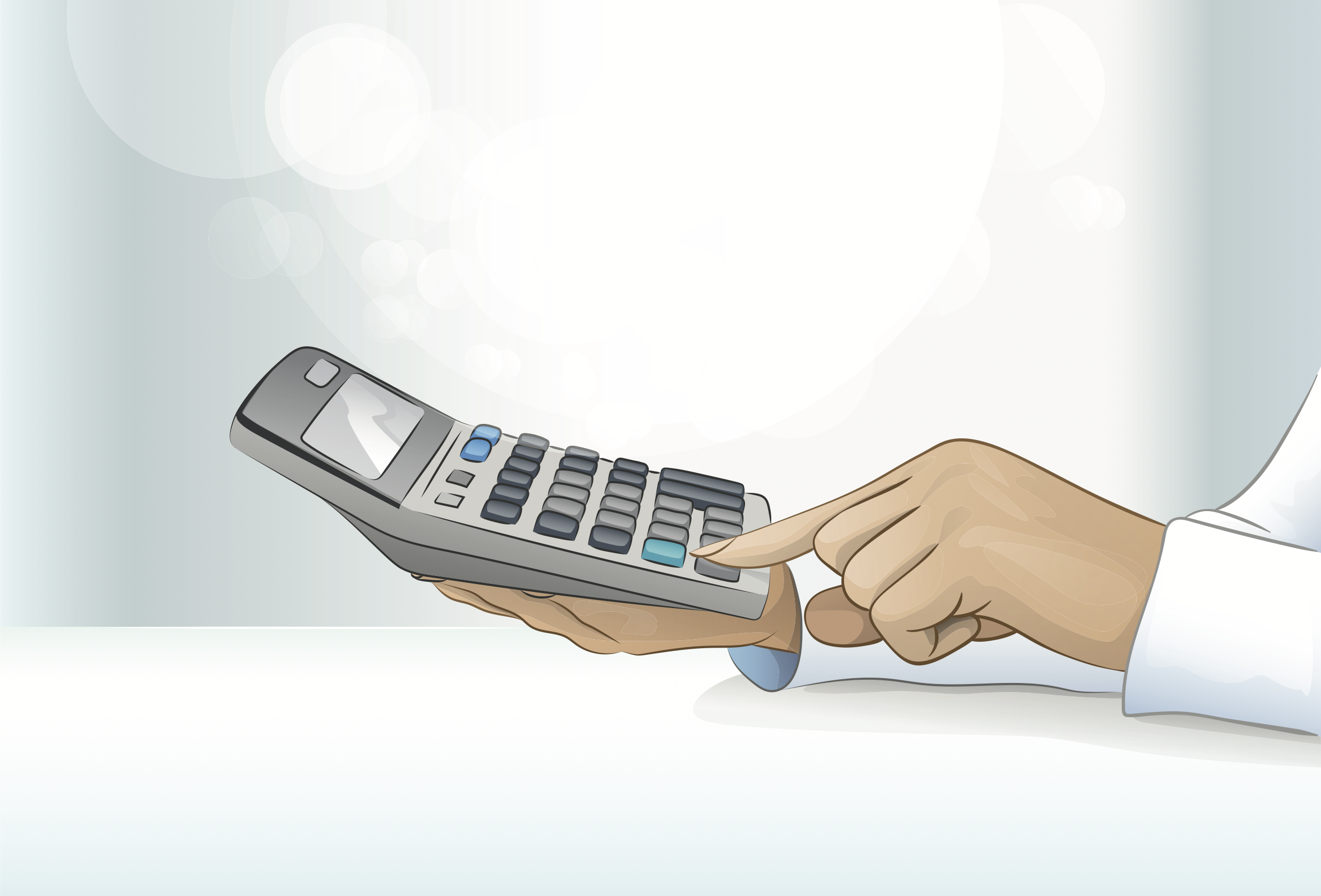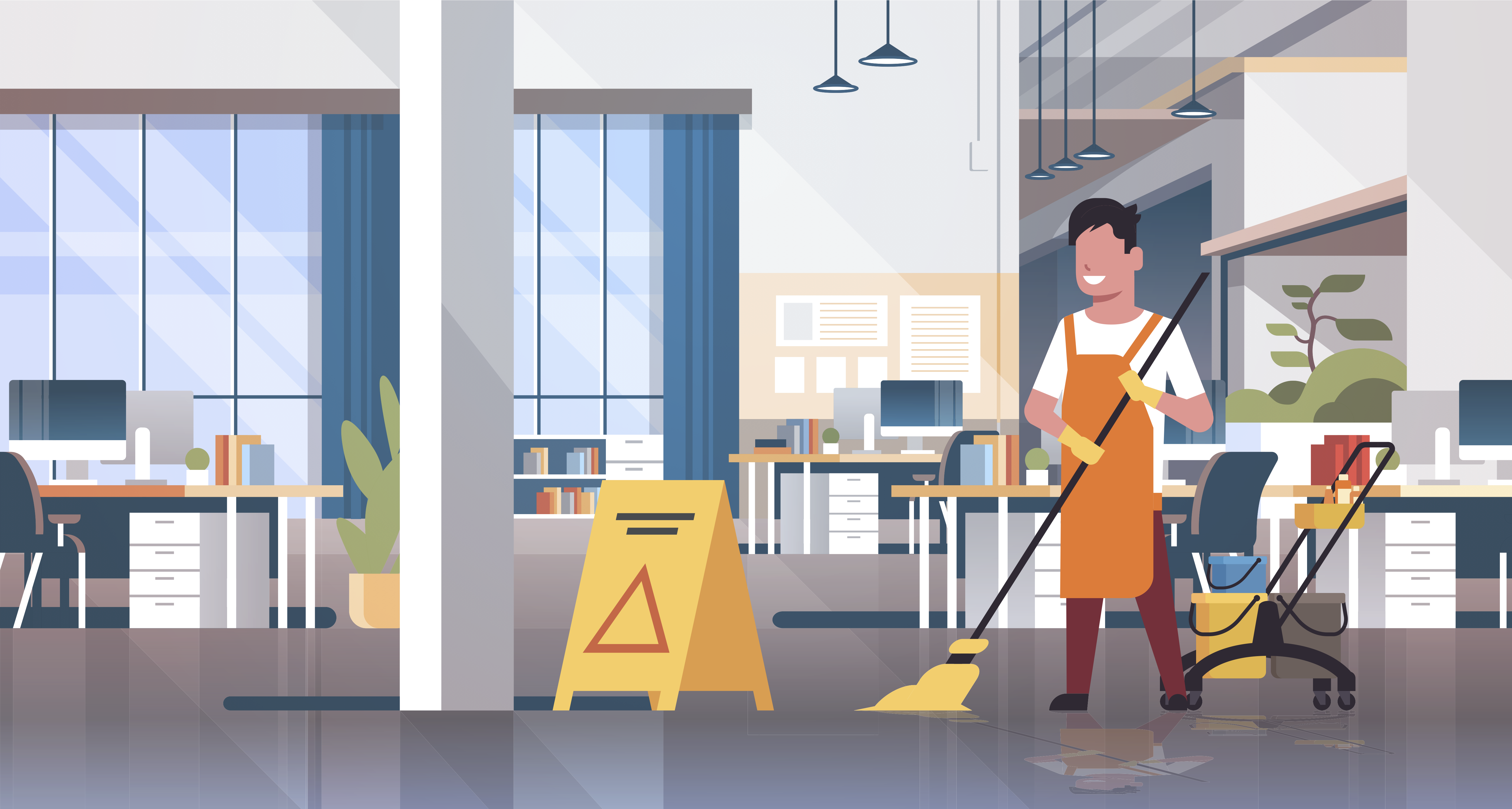It happens almost every time. As we are presenting our proposal for janitorial/housekeeping services, the prospective client will begin to flip through the pages of our proposal to find the page where we have detailed our pricing. Knowing the cost to keep a facility clean and tidy is important to facility owners and managers and answering this question depends on multiple factors:
- Number of People Using the Facility
- Type of Business
- Characteristics of the Facility
- Type & Frequency of Services Requested
- Quality Expectations
Before proceeding with a discussion of these items, it is worth mentioning the obvious. The single greatest cost associated with keeping a facility clean is the cost of labor, and more specifically, how many labor hours are required to keep a facility clean and orderly. Each of the following factors has a significant impact on the estimated labor hours.
1. Number of People
This is the greatest influencer on cost. Simply stated: people make messes that must be cleaned up. “People” may be employees, students, visitors, or patients. While there are measures that can be used to have employees and visitors help with keeping the facility clean, the fact remains that more people tends to mean more cleaning. For example, a 30,000-sq. foot call center with 400 employees across 3 shifts will cost more to clean than a 300,000-sq. foot distribution center with 60 employees. More people equals more trash, more traffic on floors (vacuum, sweeping, mopping), more refilling of toilet paper, paper towels, hand soap, and simply more mess.
2. Type of Business
Certain types of businesses tend to create greater cleaning needs. For example, many manufacturing facilities tend to create a good amount of dirt, dust, and grime that may be more difficult to clean than a corporate office building. In addition, certain manufacturing facilities have cleanliness standards based on the products that they produce – food and related products, painting, medical products. Schools, medical facilities, and public venues tend to require a greater amount of wiping of surfaces to disinfect. What a business or organization “does” can have a significant impact on how much it may cost to keep their facility clean.
3. Facility Characteristics
Characteristics include items such as: square footage of cleanable areas, number of restrooms and restroom fixtures, types and square footage of flooring, number of windows and glass, design of the spaces (“wide open” vs. “chopped up”), and age of the facility. These factors, and others, influence the methodologies and equipment that may be used to clean the spaces. For example, smaller spaces that must be hand-mopped (e.g. medical exam rooms) may require more man hours than large open spaces (e.g. employee cafeteria) where an automatic floor scrubber may be used. Likewise, a facility with a great deal of vinyl composite tile (VCT) floors will require more care than one with tile or carpeted flooring. Older facilities, with older ventilation systems, tend to create more dusting needs. Building design and details can have a significant impact on the overall cost of cleaning and maintaining a facility.
4. Type and Frequency of Services
Most janitorial agreements include the “big four” base daily custodial services: trash collection and removal, dusting and wiping of horizontal and vertical surfaces, floor care (vacuuming and mopping), and restroom care. However, there can be a great deal of variance on the frequency of these tasks from building to building. For example, corporate facilities may only need floors damp mopped 1 or 2 times per week. However, a medical facility may require that all floors are damp mopped each day. The man-hour difference between weekly and daily damp mopping can be significant. Large employers may request daily attendants to refresh and restock restroom and break areas throughout the day. The cost of services such as pressure washing sidewalks and outdoor break areas, window washing, floor restoration, and cleaning of light fixtures should be considered by facility owners.
5. Quality Expectations
Let’s face it, what is considered clean to one might be filthy to the next. As expectations can significantly impact the cost of cleaning, it is important that the facility owner and the custodial team have a very clear understanding of the requirements. One facility owner shared with us that she wanted “to be able to run her finger across the top of the door frames in their offices at any time and not find any dust.” To meet her service expectation, we had to build in the man-hours for daily, detailed dusting (monthly, or even quarterly dusting of door frames is usually acceptable). It is appropriate to have very high expectations for cleanliness, but uniquely high expectations might cost a bit more.
In Summary
The answer to the question of cost is “it depends.” As mentioned earlier, labor and labor burden account for most of the cost to keep a facility clean. How much labor is needed varies depending on the number of people using the facility, the type of business, the characteristics of the facility, the type and frequency of services requested, and the expectations of quality. Supplies, equipment and equipment maintenance, and cost of oversight are also important cost factors to consider.






